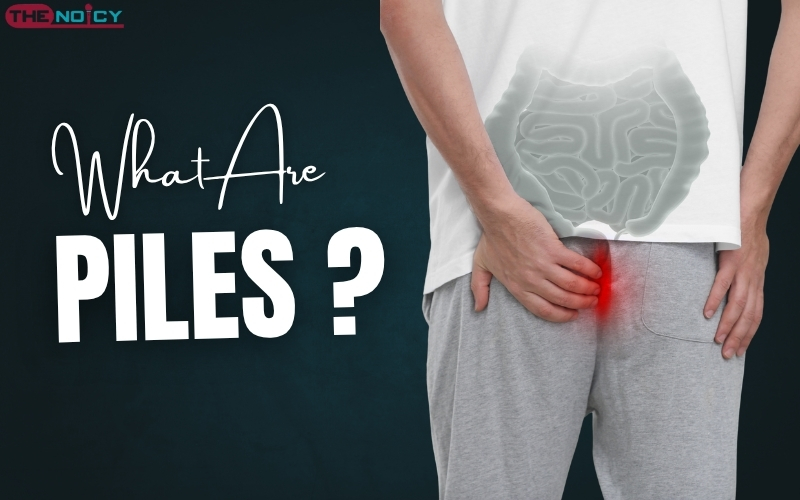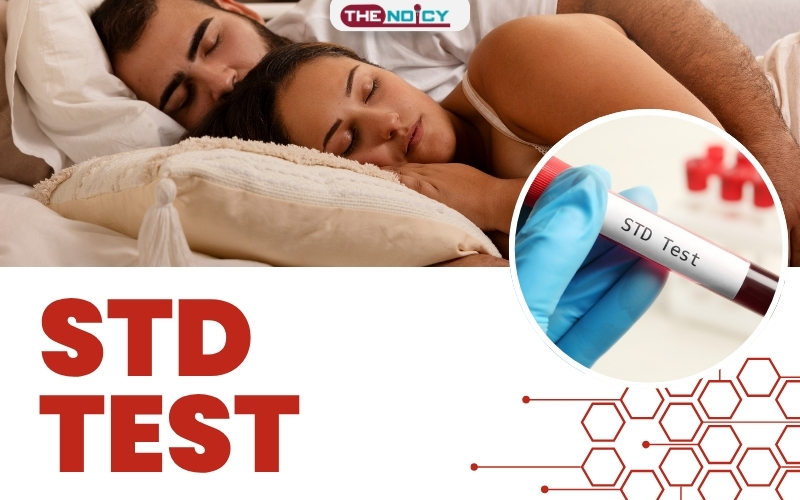Piles, or hemorrhoids, are swollen veins in the rectum and anus that can cause discomfort, pain, itching, and sometimes bleeding during bowel movements. Although common, piles can significantly affect daily life if ignored.
Many people try home remedies or unverified tips, which may worsen symptoms. Understanding piles, including types, causes, symptoms, treatments, diet, and preventive measures, is crucial for effective management. This comprehensive guide will help you navigate piles safely and improve your quality of life.
What Are Piles?
Piles are swollen blood vessels located in the rectum or around the anus. They occur due to increased pressure on these veins, causing pain, itching, or bleeding.
Types of Piles:
- Internal Piles: Found inside the rectum, often painless but may cause bleeding.
- External Piles: Appear around the anus, can be painful, itchy, and swollen.
Other contributing factors include pregnancy, constipation, obesity, a sedentary lifestyle, and genetics. Early diagnosis and lifestyle changes can prevent complications like thrombosis or prolapse.
Different Types of Piles
- Internal Hemorrhoids
Located inside the rectum, usually not visible. May cause painless bleeding, prolapse during bowel movements, and discomfort. Diagnosed via a digital rectal exam or anoscopy. - External Hemorrhoids
Found under the skin around the anus. Causes pain, swelling, irritation, and itching. Diagnosed by visual inspection and palpation. - Prolapsed Hemorrhoids
Internal piles protrude through the anus during bowel movements. May require manual repositioning and can cause pain, bleeding, and discomfort. - Thrombosed Hemorrhoids
Occur when blood clots form inside external piles. Causes severe pain, swelling, and inflammation. May need medical attention to drain the clot or surgery.
You Can Also Read: How BLS Ambulance & ALS Ambulance Are Different
Reasons Behind Piles
1. Straining During Bowel Movements
Passing hard stools or excessive straining puts pressure on rectal veins, leading to swelling and the formation of hemorrhoids over time.
2. Chronic Constipation or Diarrhea
Irregular bowel habits increase strain on the anal region. Both constipation and diarrhea contribute to vein weakening and hemorrhoid development.
3. Pregnancy and Hormonal Changes
Hormonal shifts and increased abdominal pressure during pregnancy make veins more susceptible to swelling, increasing the likelihood of developing piles.
4. Obesity
Excess body weight puts additional pressure on rectal veins, causing swelling and discomfort, and increasing the risk of hemorrhoids.
5. Sedentary Lifestyle
Prolonged sitting or minimal physical activity slows blood circulation in the rectal area, weakening veins and increasing the chance of hemorrhoids.
6. Aging
As we age, tissues supporting rectal veins weaken naturally, increasing the likelihood of piles in older adults.
7. Heavy Lifting
Lifting heavy objects increases intra-abdominal pressure, causing rectal veins to swell and hemorrhoids to form over time.
8. Genetic Predisposition
A family history of piles can make individuals more prone to developing hemorrhoids due to inherited vein weakness.
9. Anal Intercourse
Friction and trauma from anal intercourse may irritate the anal area and contribute to hemorrhoid formation.
10. Low-Fiber Diet
Diets lacking fiber lead to constipation and straining during bowel movements, which are major triggers for piles.
You Can Also Read: What is Ayurveda and How is Ayurveda Beneficial for Your Health
Symptoms of Piles
Common symptoms include:
- Rectal Bleeding: Bright red blood after bowel movements.
- Pain or Discomfort: Especially in external piles or prolapsed internal piles.
- Itching or Irritation: Constant itching due to inflammation.
- Swelling or Lump: Visible or palpable lump near the anus.
- Prolapse: Internal piles protruding during bowel movements.
- Mucous Discharge: Excess mucus after passing stools.
- Incomplete Bowel Movements: Feeling of obstruction in the anal region.
- Anal Leakage: Leakage of stool or mucus in severe cases.
- Thrombosis: Clotted piles causing severe pain.
- Tenderness: Anal area sensitive to touch or pressure.
Persistent symptoms should be evaluated by a healthcare professional to prevent complications.
Treatment of Piles
Treatment depends on the severity and type of piles:
- Lifestyle Modifications
High-fiber diet, adequate hydration, regular exercise, and avoiding straining can reduce symptoms and prevent worsening. - Over-the-Counter Medications
Creams, ointments, and suppositories reduce pain, swelling, and inflammation. - Prescription Medications
Stronger topical steroids or pain relievers may be prescribed for severe symptoms. - Minimally Invasive Procedures
Rubber band ligation, sclerotherapy, or infrared coagulation shrink internal piles and promote healing. - Hemorrhoidectomy Surgery
Surgical removal of severe or recurring piles under anesthesia. - Stapled Hemorrhoidopexy (PPH)
Less invasive surgery for prolapsed piles with faster recovery. - Laser Treatment
Minimally invasive, precise, and results in quicker recovery and reduced pain.
Early treatment prevents complications like thrombosis, infection, or chronic bleeding.
Best Diet for Piles
Dietary management is key to prevention and recovery:
- High-Fiber Foods: Fruits, vegetables, whole grains, legumes, and nuts.
- Hydration: At least 8–10 glasses of water daily to soften stools.
- Fiber-Rich Fruits: Apples, pears, bananas, prunes, and berries.
- Vegetables: Leafy greens, broccoli, carrots, Brussels sprouts.
- Whole Grains: Brown rice, oats, whole wheat bread, quinoa.
- Legumes: Lentils, chickpeas, beans, peas.
- Nuts & Seeds: Almonds, walnuts, flaxseeds, chia seeds.
- Probiotic Foods: Yogurt, kefir, sauerkraut, kimchi, kombucha.
- Avoid: Spicy, processed, high-fat foods, and excessive caffeine or alcohol.
A proper diet softens stools, reduces straining, and promotes bowel regularity.
Do’s and Don’ts in Piles
|
Do’s |
Don’ts |
| Eat a high-fiber diet with fruits, vegetables, and whole grains. | Avoid low-fiber, processed, or junk foods. |
| Drink plenty of water daily to keep stools soft. | Avoid dehydration and skipping fluids. |
| Exercise regularly, including walking or light cardio. | Avoid prolonged sitting or standing without breaks. |
| Follow proper toilet habits and avoid straining. | Don’t delay bowel movements or hold in stools. |
| Use soft, unscented toilet paper to clean gently. | Avoid harsh soaps, scented wipes, or rough wiping. |
| Maintain good hygiene after bowel movements. | Don’t scrub or irritate the anal area. |
| Take breaks from long hours of sitting. | Avoid sitting for extended periods without movement. |
| Maintain a healthy weight to reduce pressure on veins. | Don’t gain excessive weight without proper diet control. |
| Consult a doctor if symptoms persist. | Avoid self-diagnosis or ignoring persistent symptoms. |
| Follow medical advice for treatment and prevention. | Don’t self-medicate or use unverified remedies. |
Conclusion
Piles are common but manageable. Awareness of causes, symptoms, proper diet, and lifestyle changes is key to prevention and treatment. Modern treatments, including minimally invasive procedures and laser therapy, offer faster recovery with minimal discomfort.
Preventive measures like a high-fiber diet, hydration, exercise, and healthy toilet habits are essential. Consult a healthcare professional if symptoms persist to avoid complications.
With proper care and timely treatment, piles can be managed effectively, ensuring comfort and better quality of life.
FAQ
Q. What is the main cause of piles?
Ans: Increased pressure on rectal veins due to constipation, straining, pregnancy, obesity, or genetics.
Q. How can piles be treated?
Ans: Lifestyle changes, medications, minimally invasive procedures, laser therapy, or surgery.
Q. Can piles be cured permanently?
Ans: Proper treatment and lifestyle adjustments can prevent recurrence, though veins may remain susceptible.
Q. How much water should I drink for piles?
Ans: At least 8–10 glasses daily to soften stools and prevent straining.
Q.Which foods are best for piles?
Ans: High-fiber foods like fruits, vegetables, whole grains, legumes, and probiotics.
Q. Is walking good for piles?
Ans: Yes, it improves blood circulation and bowel regularity.
Q. Is piles surgery painful?
Ans: Modern procedures use anesthesia and minimally invasive techniques, minimizing pain.
Q. Can pregnant women get piles?
Ans: Yes, pregnancy increases abdominal pressure and hormonal changes, making piles more likely.




